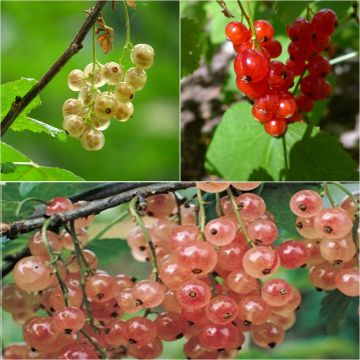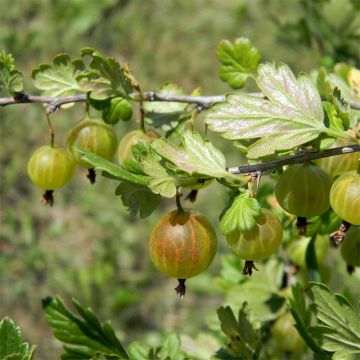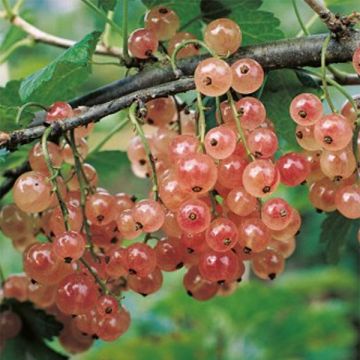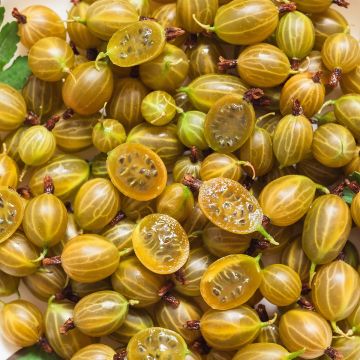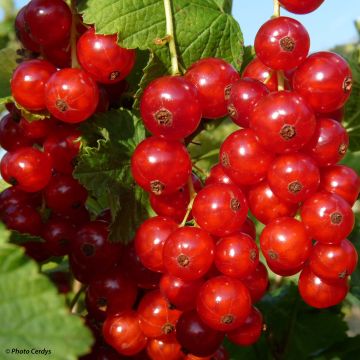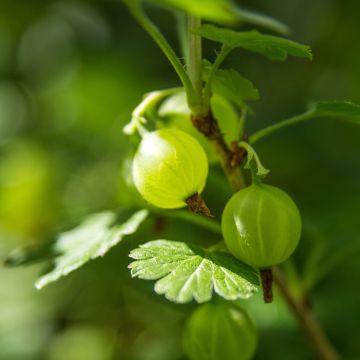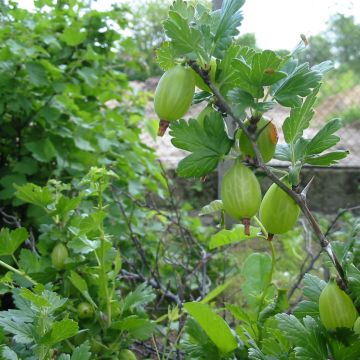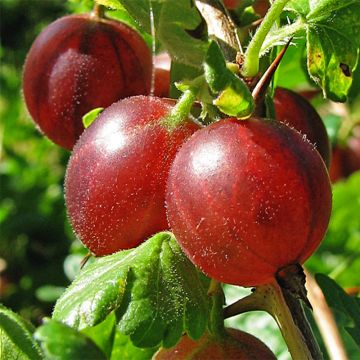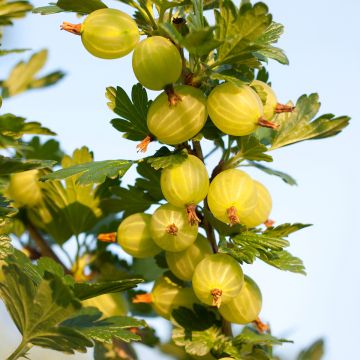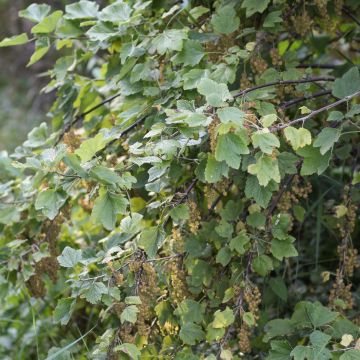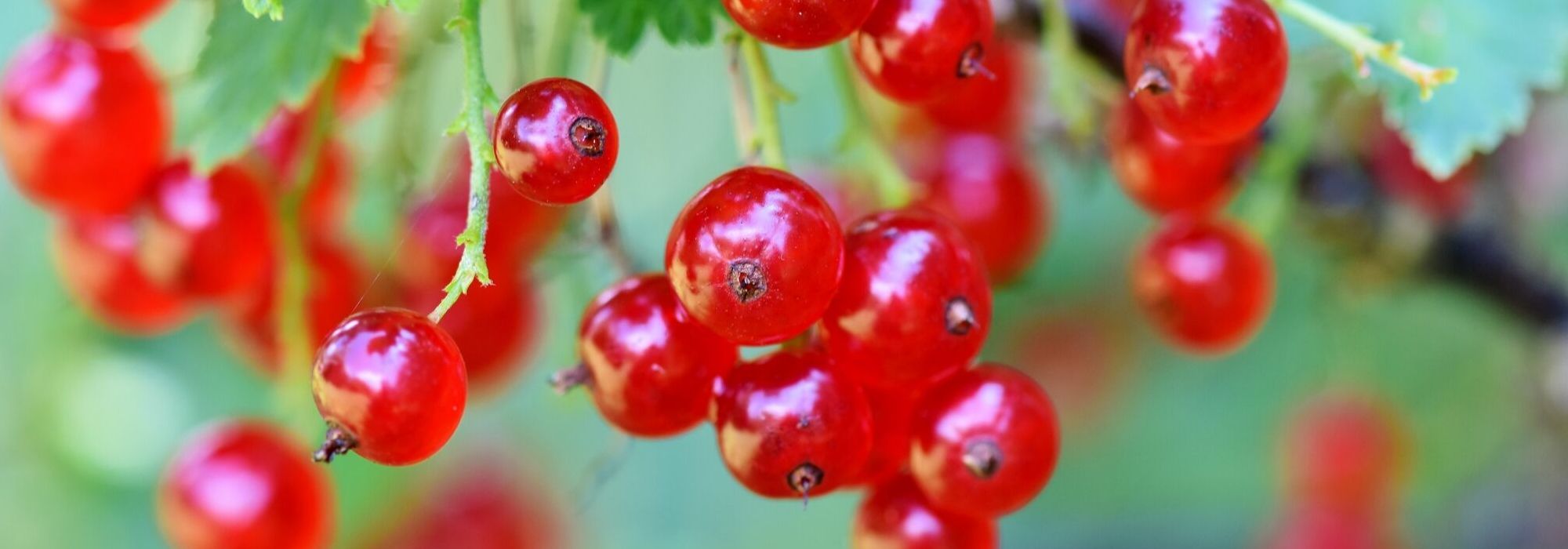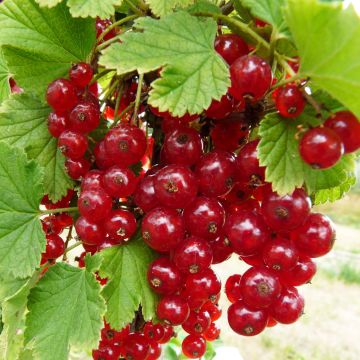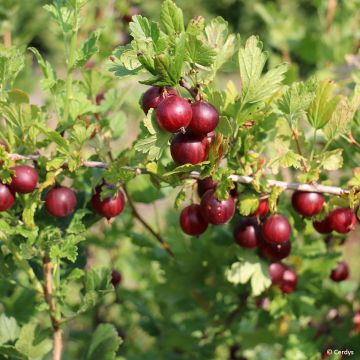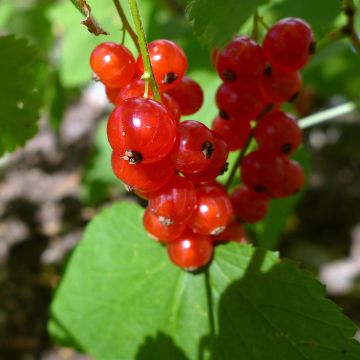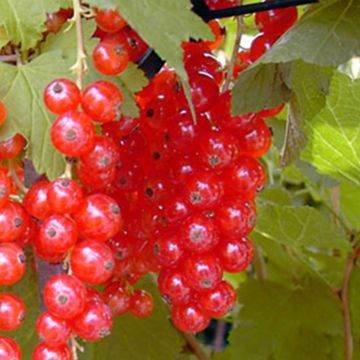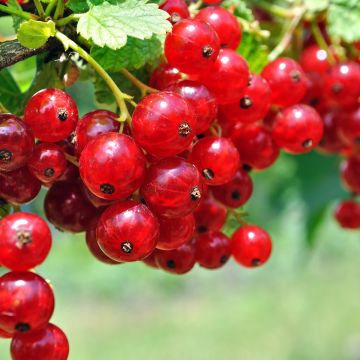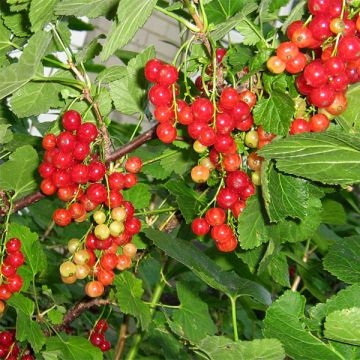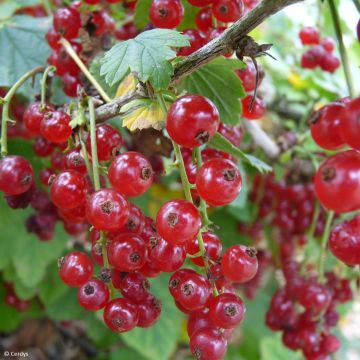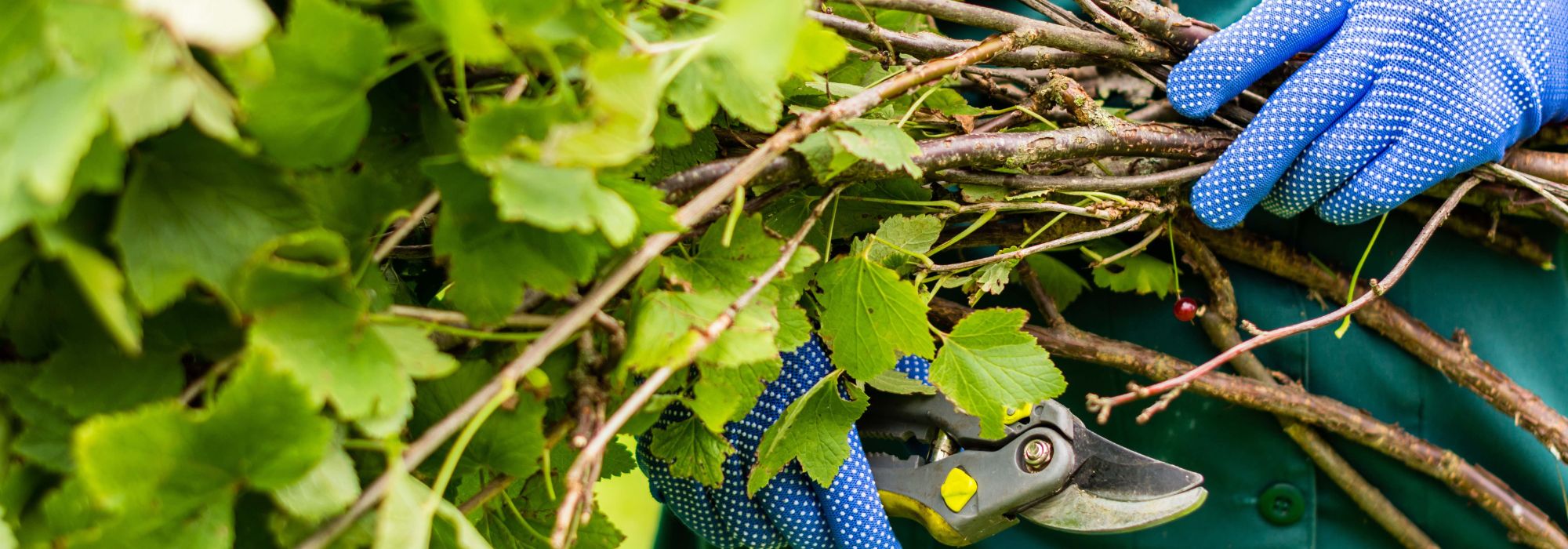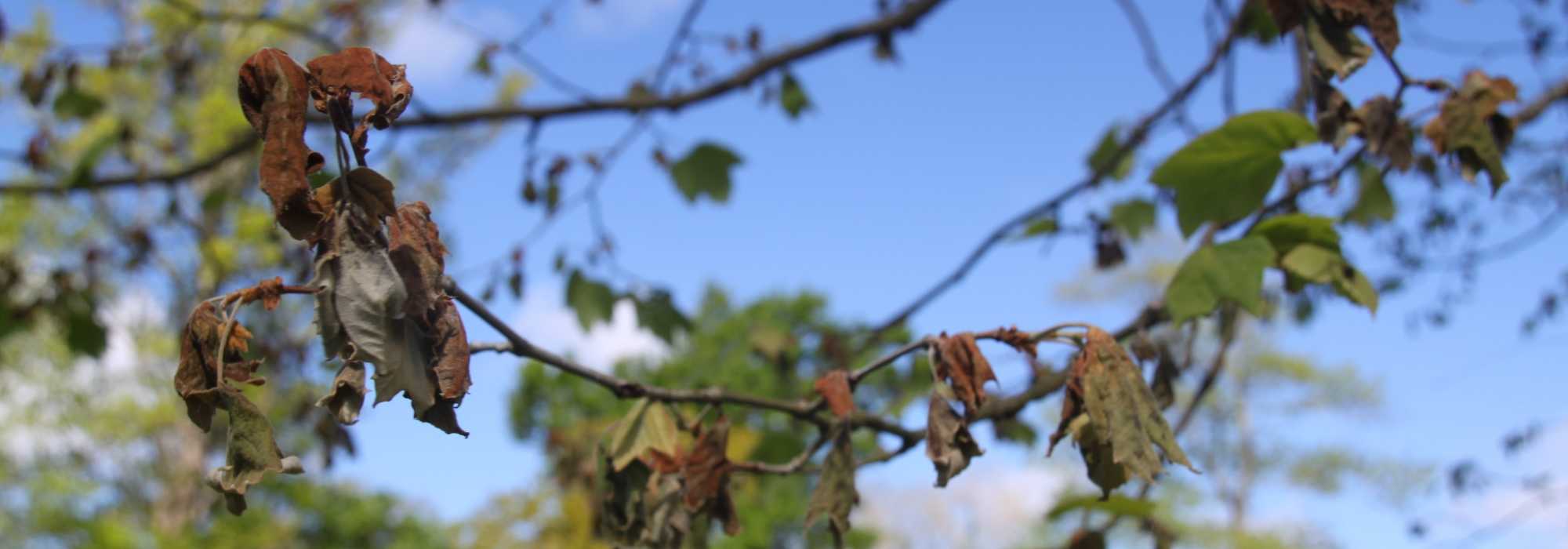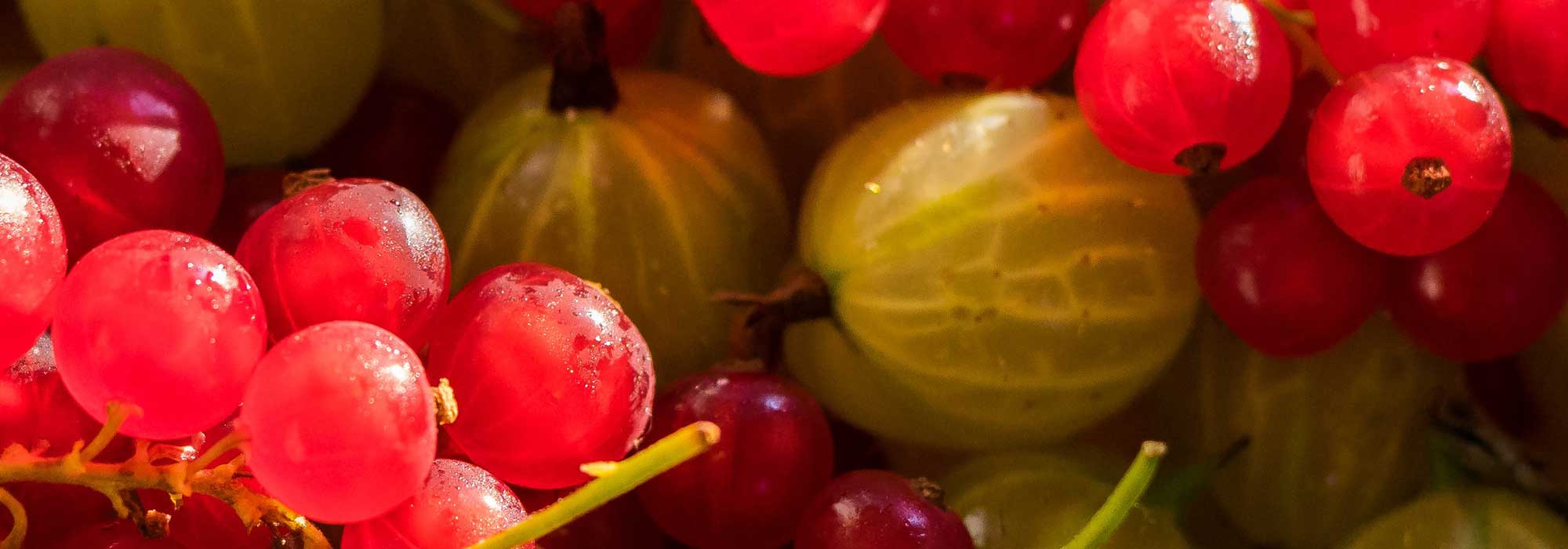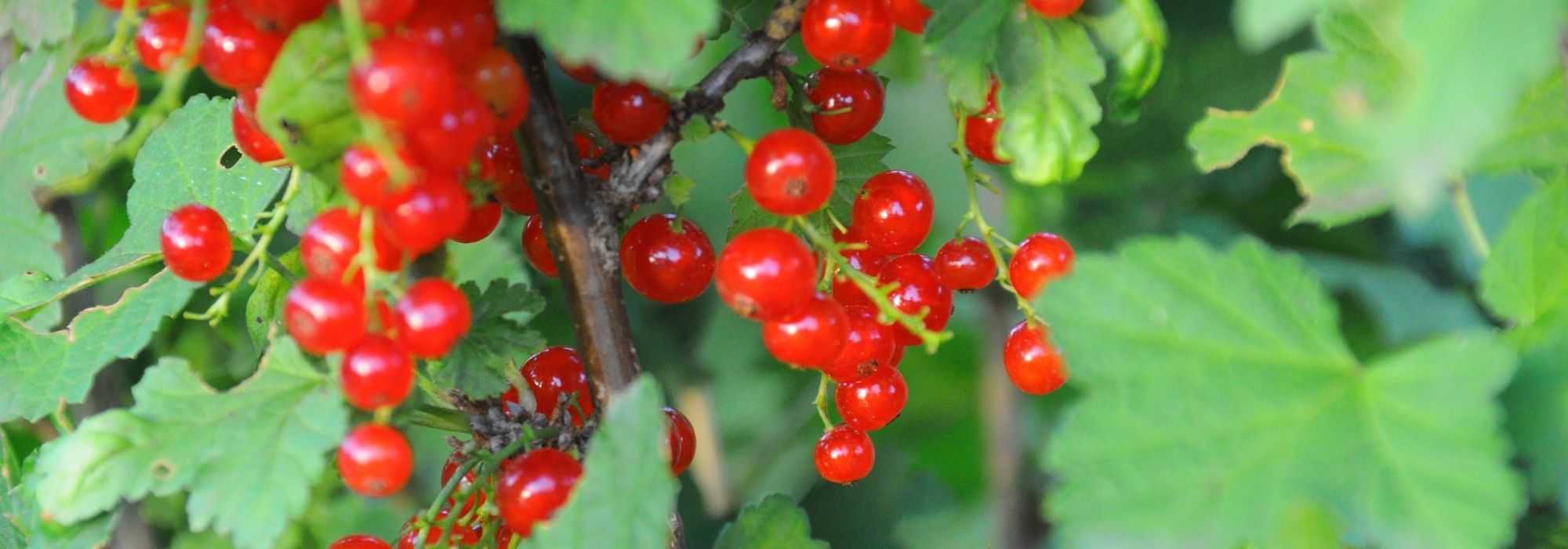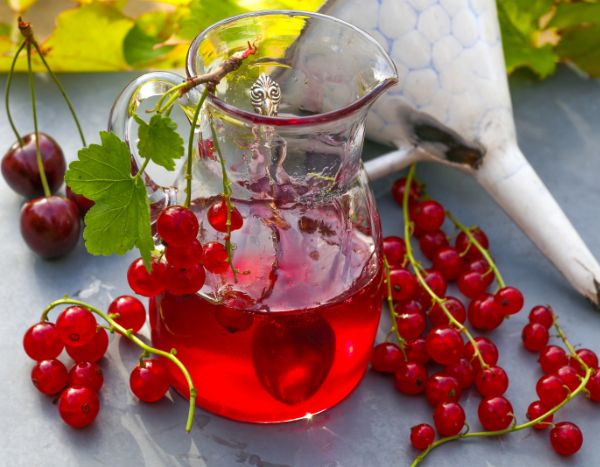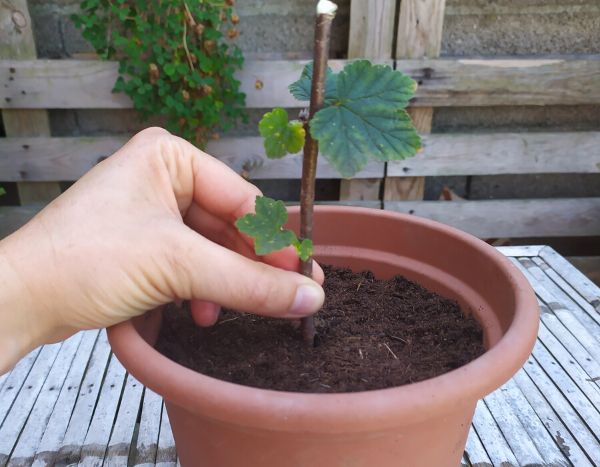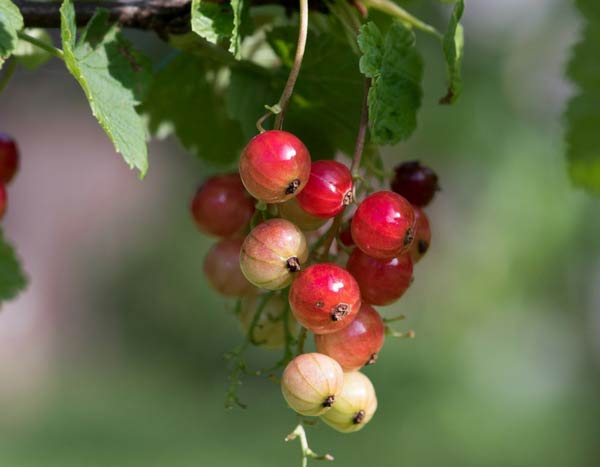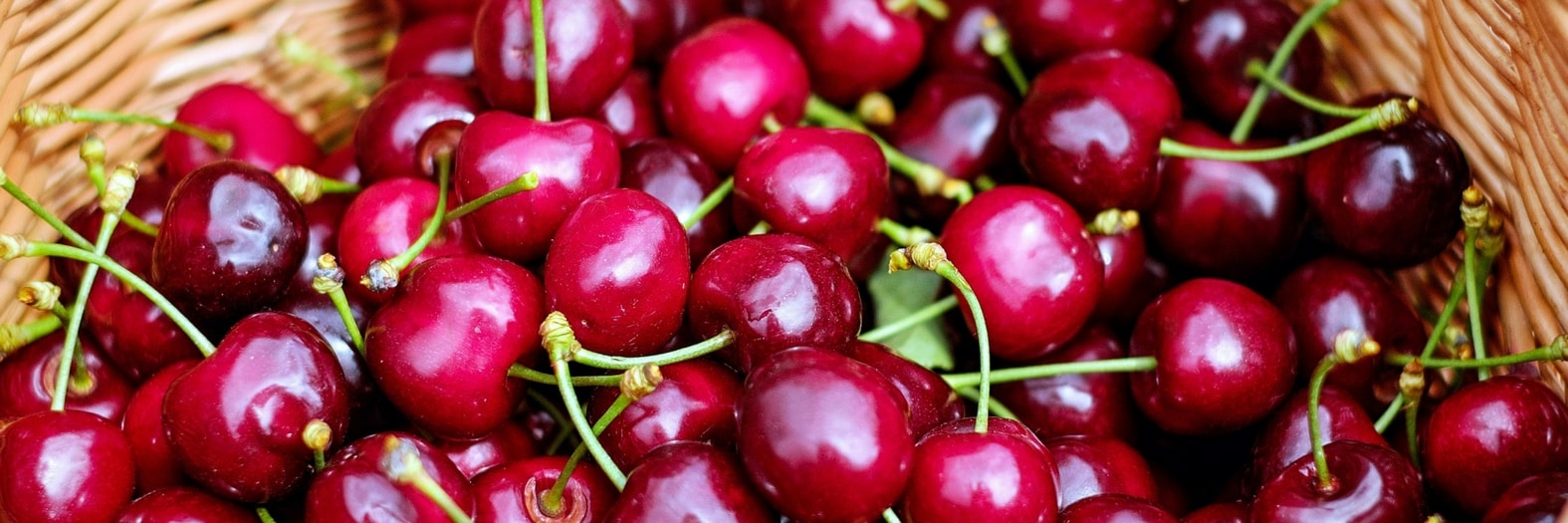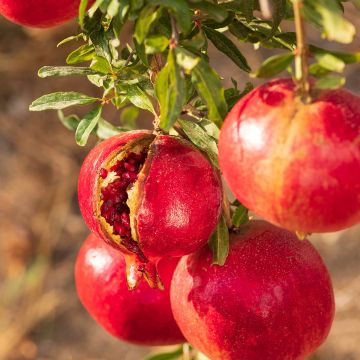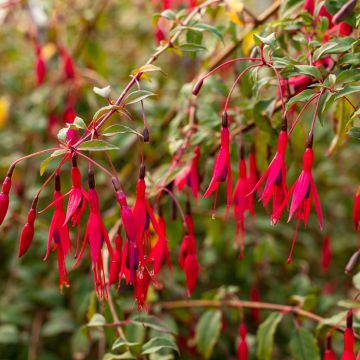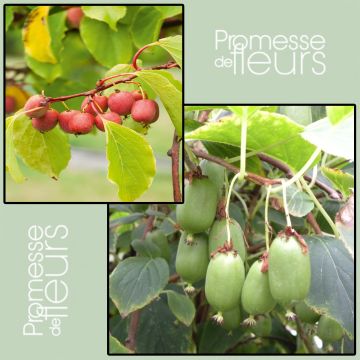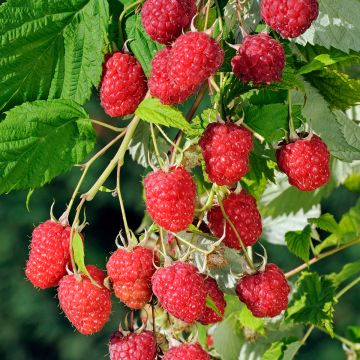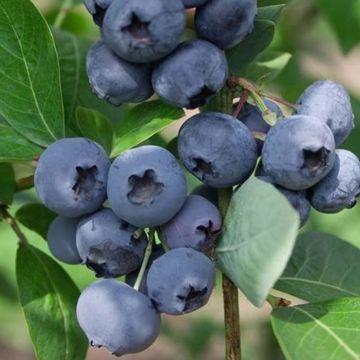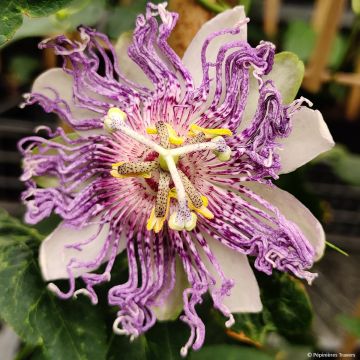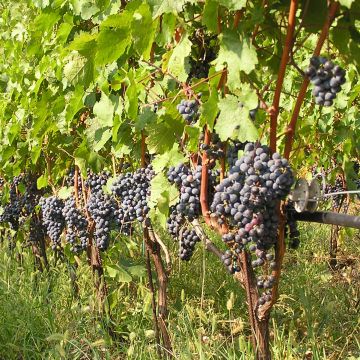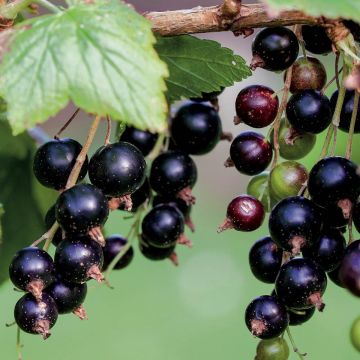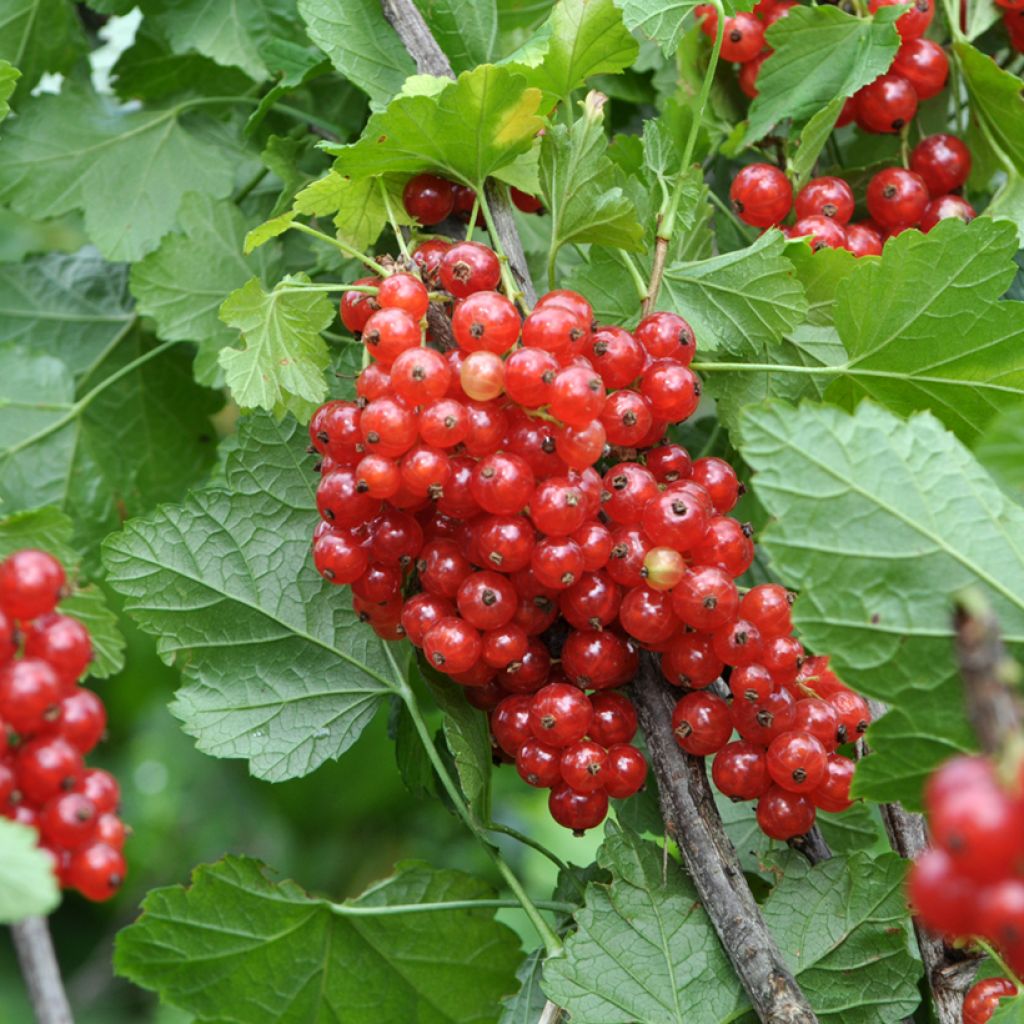

Redcurrant Rotet - Ribes rubrum
Redcurrant Rotet - Ribes rubrum
Ribes rubrum Rotet
Redcurrant, Red Currant
Special offer!
Receive a €20 voucher for any order over €90 (excluding delivery costs, credit notes, and plastic-free options)!
1- Add your favorite plants to your cart.
2- Once you have reached €90, confirm your order (you can even choose the delivery date!).
3- As soon as your order is shipped, you will receive an email containing your voucher code, valid for 3 months (90 days).
Your voucher is unique and can only be used once, for any order with a minimum value of €20, excluding delivery costs.
Can be combined with other current offers, non-divisible and non-refundable.
Why not try an alternative variety in stock?
View all →This plant carries a 6 months recovery warranty
More information
We guarantee the quality of our plants for a full growing cycle, and will replace at our expense any plant that fails to recover under normal climatic and planting conditions.
Description
The 'Rotet' redcurrant is an old, self-fertile and highly fruit-bearing variety. The April flowering produces large clusters of small, bright red fruits with a tart pulp. They can be eaten fresh and stored very well in cold temperatures. They can also be used to make juices or jams. This hardy variety is known for its disease resistance, as well as its ease of cultivation in cool, well-drained, even poor soil.
Formerly classified among the Saxifragaceae (alongside Astilbe or Bergenia), the genus Ribes is now the only member of the Grossulariaceae family. There are several dozen species of Ribes, mainly including the Blackcurrants, recognizable by their aromatic foliage, Redcurrants, and Gooseberries, with individual and much larger fruits. In Ribes rubrum, the Redcurrant, two subspecies, sometimes crossed with R. petraeum, have produced about 200 cultivars, some of which are commercially cultivated for the production of syrups, jams, and jellies. The wild species grows in many temperate regions of the northern hemisphere, from Europe to Siberia.
The 'Rotet' redcurrant is a variety launched on the market in 1963 and obtained in Wageningen (Netherlands) by crossing the 'Jonkheer van Tets' and 'Heinemanns Rote Spätlese' cultivars. This bushy shrub grows 20 to 40 cm per year and reaches a height of approximately 1.50 m with the same spread. The dense, non-thorny branches bear deciduous, almost round leaves, divided into 3 or 5, medium-green lobes. The bush blossoms in April, or even May, with clusters of small yellow-green flowers, without ornamental interest. They are intensely pollinated by bees, bumblebees, and hoverflies. As the variety is self-fertile, the flowers develop into small berries, mostly on two-year-old branches. They are initially green and mature, around mid-July, into a beautiful bright red with a shiny surface. They are small to medium but the clusters themselves are long and the fruiting is generous. Fairly firm, and therefore easy to pick, the currants are tart and can be eaten fresh immediately after picking. It's not a problem if the harvest is too large as this variety is one of those that withstand cold storage very well. The currant is a low-calorie fruit, rich in minerals and trace elements, as well as potassium, calcium, and phosphorus. It also provides a good source of vitamin C and fibre, and can also be used in jams, jellies, and fruit juice.
The 'Rotet' redcurrant is an easy-to-grow small fruit bush in most soils, except for those that are too chalky or too dry. It appreciates full sun and tolerates partial shade, showing resistance to diseases. You can plant it at the back of the vegetable garden, where it will be neighbours with strawberry plants, which are also delicious in summer. Sow some Cape Gooseberry (Physalis peruviana) which, in late summer and autumn, will produce original "Chinese lanterns" with a spherical, decorative and tasty orange fruit trapped inside.
Plant habit
Fruit
Flowering
Foliage
Botanical data
Ribes
rubrum
Rotet
Grossulariaceae
Redcurrant, Red Currant
Cultivar or hybrid
Other Redcurrant bush
View all →Planting and care
Plant the redcurrant 'Rotet' from October to March, in regular, well-drained, even poor soil, without too much limestone (maximum 15%), moist, without being constantly wet. A non-direct sun exposure, or under light shade, in a place sheltered from strong winds, will yield good results. The currant bush dislikes heat and drought, it is be better suited to slightly humid regions, even very cold in winter.
An organic fertiliser input at the start of vegetation will support fruit production and plant health. It is an accommodating bush, not very susceptible to diseases, particularly 'Rotet' which proves to be quite resistant. It has a few enemies, like scale insects and mites, which can be eliminated by a winter treatment. In March-April, before flowering, an anti-powdery mildew fungicide can be sprayed. In June-July, the harvest can be protected with nets to counter the greediness of birds (and even some dogs...).
To get rid of raspberry worms, which are sometimes also present on currants, some recommend mulching the base or sowing forget-me-nots along the plantation; the latter are reputed to keep them away. It is important in a currant plantation, as in any plantation, to alternate varieties and species, when space allows: pollination will be better and the spread of epidemics or diseases will be limited, making treatments optional or even unnecessary in some cases.
Planting period
Intended location
Care
Planting & care advice
This item has not been reviewed yet - be the first to leave a review about it.
Similar products
Haven't found what you were looking for?
Hardiness is the lowest winter temperature a plant can endure without suffering serious damage or even dying. However, hardiness is affected by location (a sheltered area, such as a patio), protection (winter cover) and soil type (hardiness is improved by well-drained soil).

Photo Sharing Terms & Conditions
In order to encourage gardeners to interact and share their experiences, Promesse de fleurs offers various media enabling content to be uploaded onto its Site - in particular via the ‘Photo sharing’ module.
The User agrees to refrain from:
- Posting any content that is illegal, prejudicial, insulting, racist, inciteful to hatred, revisionist, contrary to public decency, that infringes on privacy or on the privacy rights of third parties, in particular the publicity rights of persons and goods, intellectual property rights, or the right to privacy.
- Submitting content on behalf of a third party;
- Impersonate the identity of a third party and/or publish any personal information about a third party;
In general, the User undertakes to refrain from any unethical behaviour.
All Content (in particular text, comments, files, images, photos, videos, creative works, etc.), which may be subject to property or intellectual property rights, image or other private rights, shall remain the property of the User, subject to the limited rights granted by the terms of the licence granted by Promesse de fleurs as stated below. Users are at liberty to publish or not to publish such Content on the Site, notably via the ‘Photo Sharing’ facility, and accept that this Content shall be made public and freely accessible, notably on the Internet.
Users further acknowledge, undertake to have ,and guarantee that they hold all necessary rights and permissions to publish such material on the Site, in particular with regard to the legislation in force pertaining to any privacy, property, intellectual property, image, or contractual rights, or rights of any other nature. By publishing such Content on the Site, Users acknowledge accepting full liability as publishers of the Content within the meaning of the law, and grant Promesse de fleurs, free of charge, an inclusive, worldwide licence for the said Content for the entire duration of its publication, including all reproduction, representation, up/downloading, displaying, performing, transmission, and storage rights.
Users also grant permission for their name to be linked to the Content and accept that this link may not always be made available.
By engaging in posting material, Users consent to their Content becoming automatically accessible on the Internet, in particular on other sites and/or blogs and/or web pages of the Promesse de fleurs site, including in particular social pages and the Promesse de fleurs catalogue.
Users may secure the removal of entrusted content free of charge by issuing a simple request via our contact form.
The flowering period indicated on our website applies to countries and regions located in USDA zone 8 (France, the United Kingdom, Ireland, the Netherlands, etc.)
It will vary according to where you live:
- In zones 9 to 10 (Italy, Spain, Greece, etc.), flowering will occur about 2 to 4 weeks earlier.
- In zones 6 to 7 (Germany, Poland, Slovenia, and lower mountainous regions), flowering will be delayed by 2 to 3 weeks.
- In zone 5 (Central Europe, Scandinavia), blooming will be delayed by 3 to 5 weeks.
In temperate climates, pruning of spring-flowering shrubs (forsythia, spireas, etc.) should be done just after flowering.
Pruning of summer-flowering shrubs (Indian Lilac, Perovskia, etc.) can be done in winter or spring.
In cold regions as well as with frost-sensitive plants, avoid pruning too early when severe frosts may still occur.
The planting period indicated on our website applies to countries and regions located in USDA zone 8 (France, United Kingdom, Ireland, Netherlands).
It will vary according to where you live:
- In Mediterranean zones (Marseille, Madrid, Milan, etc.), autumn and winter are the best planting periods.
- In continental zones (Strasbourg, Munich, Vienna, etc.), delay planting by 2 to 3 weeks in spring and bring it forward by 2 to 4 weeks in autumn.
- In mountainous regions (the Alps, Pyrenees, Carpathians, etc.), it is best to plant in late spring (May-June) or late summer (August-September).
The harvesting period indicated on our website applies to countries and regions in USDA zone 8 (France, England, Ireland, the Netherlands).
In colder areas (Scandinavia, Poland, Austria...) fruit and vegetable harvests are likely to be delayed by 3-4 weeks.
In warmer areas (Italy, Spain, Greece, etc.), harvesting will probably take place earlier, depending on weather conditions.
The sowing periods indicated on our website apply to countries and regions within USDA Zone 8 (France, UK, Ireland, Netherlands).
In colder areas (Scandinavia, Poland, Austria...), delay any outdoor sowing by 3-4 weeks, or sow under glass.
In warmer climes (Italy, Spain, Greece, etc.), bring outdoor sowing forward by a few weeks.






























